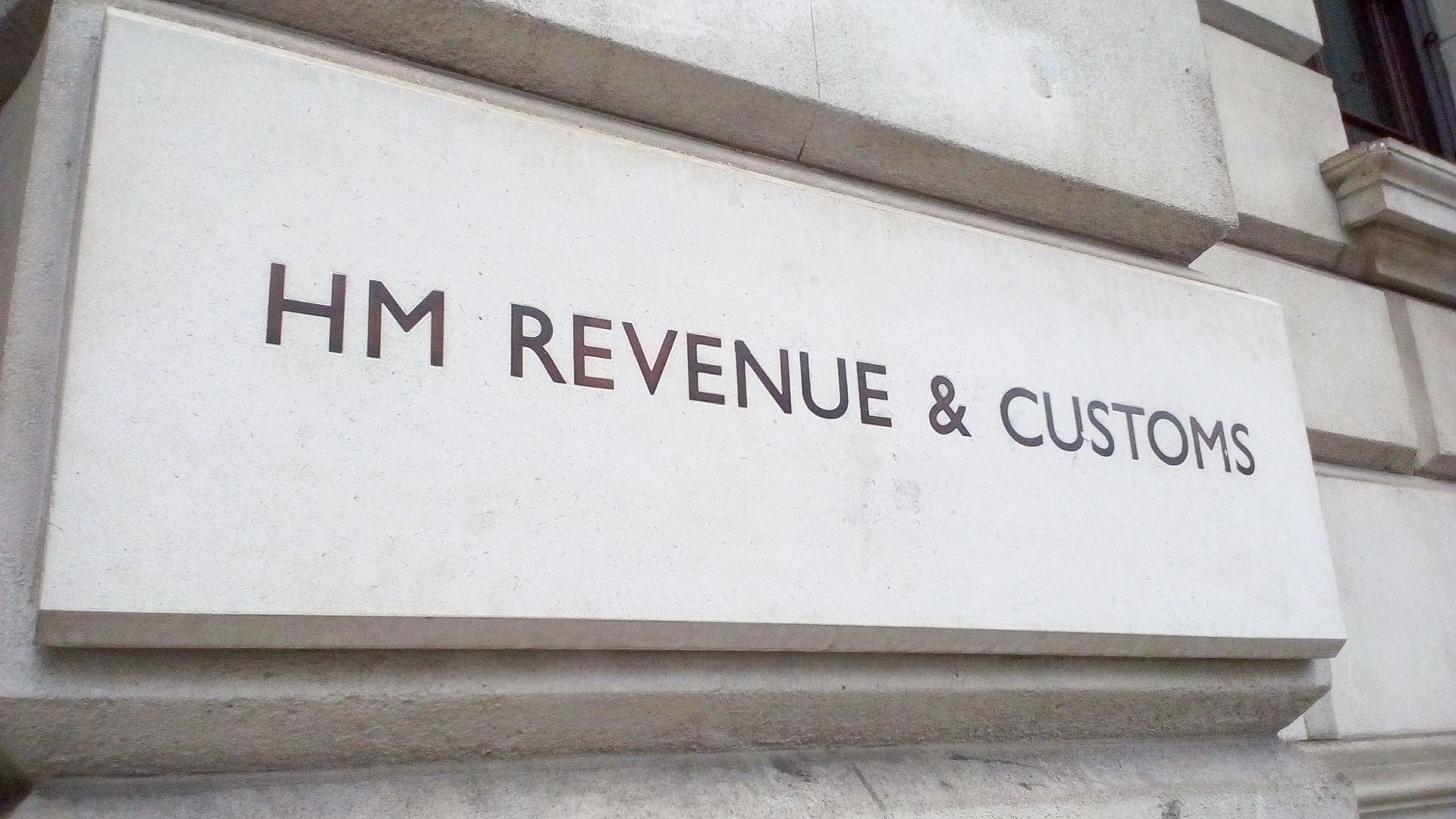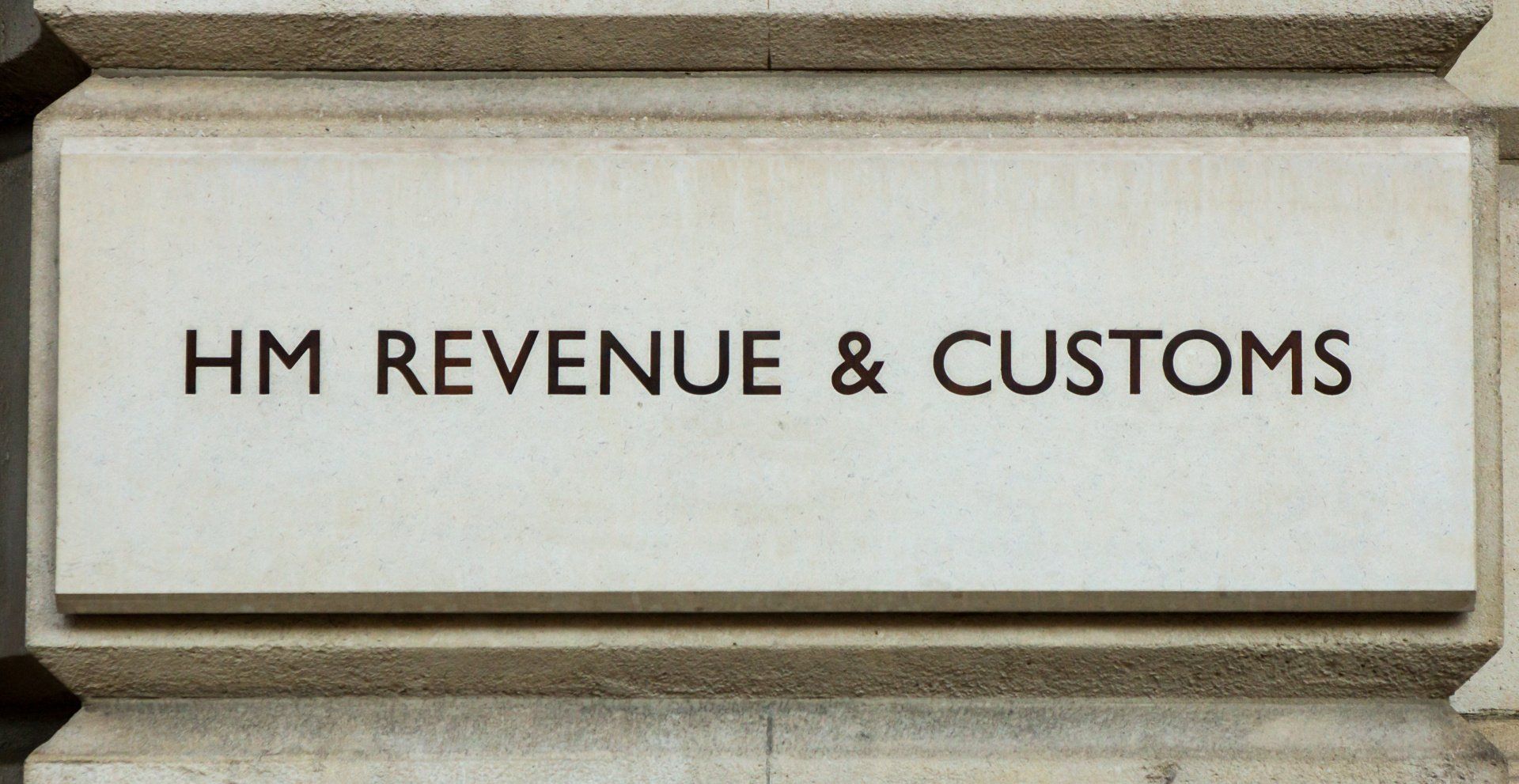Corporation tax: small profits rate and marginal relief
Calculating the small profits rate after the increase in corporation tax to 25% requires a complex calculation.
After an eight-year hiatus, the small profits rate and marginal relief kicked in for companies with profits between £50,000 and £250,000 from 6 April.
Before 1 April 2015, there were two main rates of corporation tax. The main rate applied to companies if taxable total profits exceeded an upper limit and the small profits rate applied if total profits fell below a lower limit. Marginal relief was given to companies whose total profits lay between the lower and the upper limits in order to smooth the transition between the two.
Between 1 April 2015 and 31 March 2023, these separate rates were merged into one main corporation tax rate, so the small profits rate and marginal relief rules became redundant and were repealed.
This article provides an introduction to the new rules and how they work in practice.
Basic rules
There are three main situations that can arise:
(1) where corporation tax (CT) is calculated using the main CT rate with no deduction for marginal relief;
(1) where CT is calculated using the main CT rate with a deduction for marginal relief; and
(2) where CT is calculated using only the small profits CT rate.
Main CT rate with no deduction for marginal relief
A company’s corporation tax is calculated using the main CT rate with no deduction for marginal relief in all circumstances where a company’s augmented profits exceed the value of the upper limit.
The upper limit for FY 2023 is £250,000 for a standalone company.
In group and certain other situations of common control, the upper limit must be divided by one plus the number of companies that are associated with the taxpaying company. Augmented profit is a wider measure of profit than taxable total profits and is defined below.
Small profits CT rate
The small profits CT rate is being reintroduced at a rate of 19% with effect from 1 April 2023; however, companies that qualify to calculate CT at the small profits rate will see no change in their effective tax rate because the main rate of tax for FY 22 is also 19%. The small profits CT rate can be used if:
(1) the company’s augmented profits do not exceed the lower limit;
(2) the company is UK resident in the accounting period; and
(3) the company is not a close investment-holding company in the period.
The lower limit for FY 2023 is £50,000 for a standalone company. This limit must be divided by one plus the number of associated companies in the group and certain other situations of common control. No marginal relief deduction is given where the small profits rate applies.
A close investment-holding company is, very broadly, any close company unless it exists, wholly or mainly, for one or more permitted purposes throughout the accounting period in question.
Permitted purposes include commercial trading activity, investments in commercially let property, and certain other activities including group holding, or group finance, activities.
Main CT rate with a deduction for marginal relief
CT is calculated using the main rate, but with the benefit of a deduction for marginal relief, in the following circumstances:
(1) where the company’s augmented profits exceed the lower limit (£50,000 divided by the number of the company’s associated companies plus one);
(2) where the company’s augmented profits do not exceed the upper limit (£250,000 divided by the number of associated companies plus one); and
(3) where the company is not a close investment-holding company in the period.
It is important to note that all of the company’s taxable total profits are charged at the main rate in this scenario, even those falling below the lower limit.
In the absence of marginal relief, this method of calculation would give rise to a ‘cliff edge’ increase in the amount of CT payable once profits rose above the lower limit.
The effect of marginal relief is to remove this cliff edge effect and thereby provide a smooth transition between the small profits rate and the main rate.
Calculation of marginal relief
The amount of marginal relief is equal to F × (U − A) × (N ÷ A) where:
• F represents the standard marginal relief fraction (set at 3/200ths for FY 2023);
• U represents the upper limit of £250,000 divided by one plus the number of associated companies;
• A is the amount of augmented profits; and • N is the amount of taxable total profits.
Meaning of augmented profits
A company’s augmented profits for an accounting period are the company’s taxable total profits for the period, plus any exempt distributions of a qualifying kind received by the company that are not excluded.
Exempt distributions of a qualifying kind are, very broadly, distributions from non- group unassociated companies.
The distribution must be CT exempt by virtue of the exempt dividend rules, and it must be a distribution only by reason of falling within paragraph A, B, G or H of the main definition of distribution in CTA 2010, s1000(1).
If it falls to be treated as a distribution for any other reason, it cannot be an exempt distribution of a qualifying kind. Exempt distributions are excluded if they are received from a 51% subsidiary or in certain other similar situations.
Meaning of associated company
The basic position is that a company is an associated company of another at any time when one of them controls the other, or when both of them are under common control.
The meaning of control is a specially modified version of control based on that used in the close company rules and, for these purposes, there may be attributed to a person all the rights and powers of the person’s associates, or of any companies the person (including associates) controls.
A person is however treated as having no associates if the relationship between the two companies is not one of substantial commercial interdependence.
In addition to the basic rule, there are exclusions for companies that do not carry on a trade or business, and an exclusion for passive holding companies. If a company is another’s associated company at any time in an accounting period, it is that company’s associated company for the whole of that accounting period.
Example marginal relief calculations Scenario
A company has taxable total profits of £75,000 and received exempt distributions of £10,000 in the 12-month accounting period ending 31 December 2024.
Calculations
The first part of the accounting period, from 1 January 2024 to 31 March 2024, falls within FY 2023 (1 April 2023 to 31 March 2024).
The second part of the accounting period, from 1 April 2024 to 31 December 2024, falls within FY 2024 (1 April 2024 to 31 March 2025).
Table 1 illustrates the apportionment of taxable total profits and augmented profits to each of financial years 2023 and 2024. Augmented profits for the full accounting period are £85,000, ie, the company’s taxable total profits of £75,000 plus the exempt distribution of £10,000.
These amounts are apportioned to the relevant financial years on the basis of a simple daily time apportionment.
It is also necessary to apportion the upper and lower limits of £50,000 and £250,000 between relevant financial years using the same basis of apportionment.
Table 1
Apportionment of taxable total profits
| FY 2023 | FY 2024 | Total | |
|---|---|---|---|
| Period from: | 01-Jan-24 | 01-Apr-24 | 01-Jan-24 |
| Period to: | 31-Mar-24 | 31-Dec-24 | 31-Dec-24 |
| Days of accounting period falling in financial year | 91 | 275 | 366 |
| Days in CT accounting period | 366 | 366 | 366 |
| Taxable total profits | 18,647.54 | 56,352.46 | 75,000.00 |
| Augmented profits | 21,133.88 | 63,866.12 | 85,000.00 |
| Lower limit | 50,000.00 | 50,000.00 | |
| Apportioned lower limit | 12,431.69 | 37,568.31 | 50,000.00 |
| Upper limit | 250,000.00 | 250,000.00 | |
| Apportioned upper limit | 62,158.47 | 187,841.53 | 250,000.00 |
Once the apportionments are complete, it is possible to determine whether the company pays tax at the small profits CT rate or the main CT rate (with or without marginal relief in the latter case).
For FY 2023, apportioned augmented profits are £21,134. This is above the apportioned lower limit of £12,432 and is below the apportioned upper limit of £62,158. This means that the company pays CT at the main rate of 25% but with an additional deduction for marginal relief. The same conclusion arises in relation to FY 2024.
Table 2 illustrates the calculation of CT payable and the deduction for marginal relief. For FY 2023, CT payable at the main rate is £4,662. This is the £18,648 of taxable total profits apportioned to FY 2023 multiplied by the main CT rate for FY 2023 of 25%.
Marginal relief for the accounting period apportioned to FY 2023 is calculated as £543 using the standard marginal relief formula described above; the time apportioned limits calculated above; and the marginal relief fraction of 3/200.
The equivalent amounts for FY 2024 are calculated in a similar manner.
Combining the results for both FY 2023 and FY 2024 gives total CT payable of £18,750. From this amount is deducted total marginal relief of £2,184 to arrive at a net CT liability after marginal relief of £16,566.
Table 2
Calculation of CT payable and marginal relief
| FY 2023 | FY 2024 | Total | |
|---|---|---|---|
| Taxable total profits | 18,647.54 | 56,352.46 | 75,000.00 |
| Main CT rate | 25% | 25% | |
| Small profits CT rate | 19% | 19% | |
| Marginal relief (MR) fraction | 3/200 | 3/200 | |
| CT payable at main rate | £4,662 | £14,088 | £18,750 |
| Less: marginal relief | -£543 | -£1,641 | -£2,184 |
| CT payable @ main rate after MR | £4,119 | £12,447 | £16,566 |
Useful links
For commentary on the small profits rate and marginal relief, see In-Depth at 713- 150.
https://library.croneri.co.uk/cch_uk/btr/713-150

Book an Appointment Today
Message Us Now
We will get back to you as soon as possible.
Please try again later.
Our Location
© 2020 All Rights Reserved | Longden & Co Ltd | Registered in England & Wales, Registered number 06710813 | Website by Infoserve | Privacy & Cookie Policy













